During the late 1980s, NASA began studying houseplants as a means of providing purer and cleaner air for space stations.

What they learned is that there are many different houseplants that can help to purify the air.
The plants filter out certain harmful compounds in the air and make it much healthier to breathe.
The good news for you is that these plants are easily found and you can add them to your home to provide yourself and your family with air that is much purer and free from harmful agents.
Jump to:
Most of these plants are commonly found at your local florist or home improvement store.
Just pick up one or several and take care of them to enjoy the beauty and health benefits that they offer. The plants will filter out harmful chemicals like formaldehyde and benzene and provide you with oxygen at the same time.
Aloe Vera
Many people have Aloe Vera in their homes because of its healing ability. The gel inside the leaves is excellent for helping to heal burns and cuts. Aloe Vera, however, is also a great plant to improve your indoor air quality.
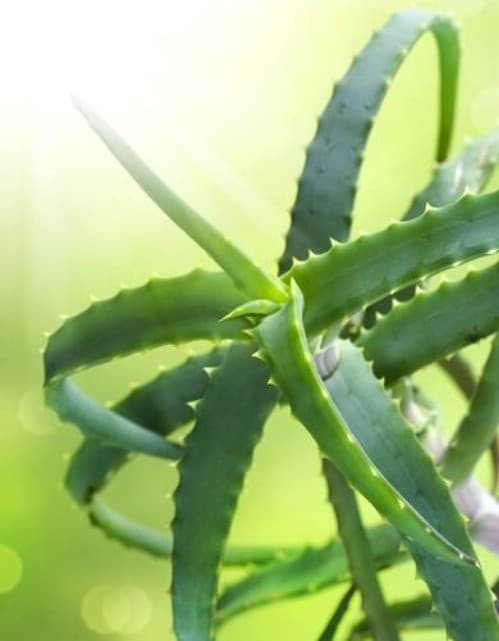
It is easy to grow (and hard to kill for those of you who do not possess a green thumb) and it helps to keep your home free from benzene which is commonly found in paint and certain chemical cleaners.
Peace Lily
The Peace Lily is a beautiful plant and one that can improve your indoor air quality by as much as 60 percent.

It helps to reduce the levels of mold spores that grow in the home by absorbing those spores through its leaves and them circulating them to the plant’s roots where they are used as food.
In bathrooms, the Peace Lily can help to keep shower tiles and curtains free from mildew and the plant can absorb harmful vapors from alcohol and acetone.
Spider Plant
The spider plant is a commonly found houseplant and is one that is really easy to grow. Within just two days, this plant can remove up to 90 percent of the toxins in your indoor air.
The leaves grow quickly and help to absorb harmful substances like mold and other allergens so it is the perfect plant for those who have common dust allergies. It also helps to absorb small traces of formaldehyde and carbon monoxide.
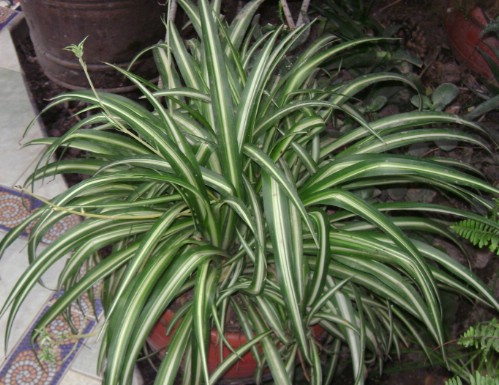
English Ivy
The English Ivy plant is perfect for those who have pets in the home as it can reduce the amount of airborne fecal matter. It can also absorb formaldehyde which is commonly found in some household cleaning products and furniture or carpeting treatments.
Studies show that keeping an English Ivy plant on your desk will help to give you better focus because it can also absorb trace amounts of benzene which is a chemical commonly found in office equipment.
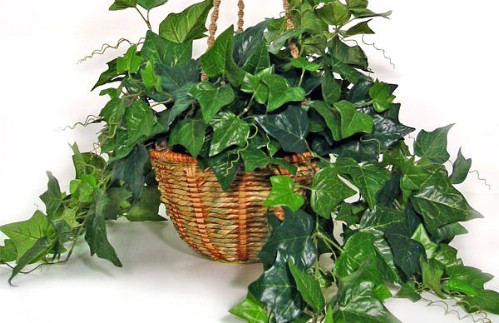
Boston Fern
Ferns are very popular houseplants and the Boston Fern is one that offers beauty and health benefits. These plants act as humidifiers and can help to restore moisture in the air so they are perfect for those who suffer from dry skin and other cold-weather problems.
They can also help to eliminate traces of formaldehyde and they look beautiful hanging from baskets all around the home. Remember to keep your Boston Fern in direct sunlight and mist the leaves with water regularly.
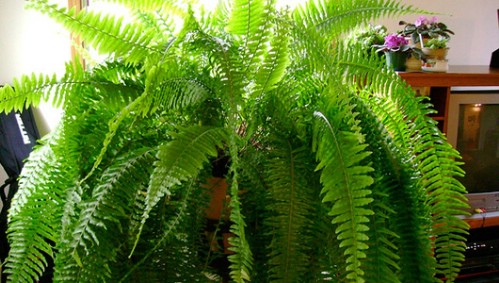
Heart Leaf Philodendron
The Heart Leaf Philodendron is a climbing vine that is often best for homes without small pets or children. If eaten, the plant is toxic. However, it is an excellent choice for removing formaldehyde like what is commonly found in particleboard.
They are relatively easy to care for but again, should be kept high enough that pets and small children cannot access them.
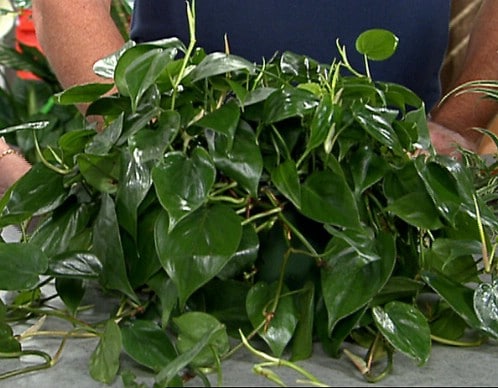
Eucalyptus
The Eucalyptus plant has been used for centuries for all types of ailments. It can be a bit difficult to find in houseplant form but if you can find one, definitely consider adding it to your home.
The leaves of the Eucalyptus plant are filled with tannins which can raise healthy fluids in the body’s air passages. Just breathing in the scent of these plants can help to lower congestion problems and ward off colds.
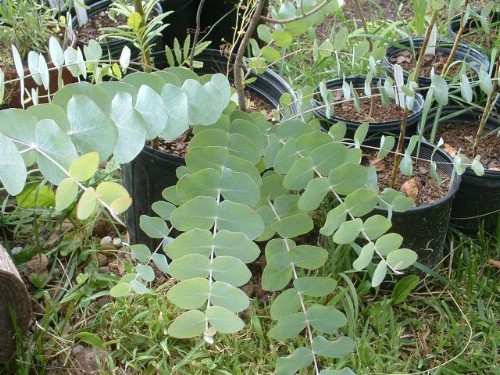
African Violets
African Violets are purple in color which is a health benefit in itself. Gazing at the plant can help to stimulate adrenaline release and can increase the flow of oxygen to the brain which can help you to relax.
The plants are small and easy to care for, although they do prefer indirect sunlight. They grow very well in artificial light so they are perfect for those who do not have access to direct sunlight.
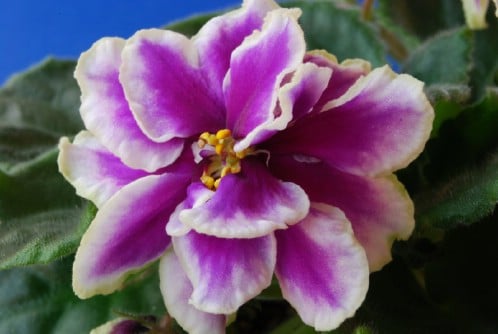
Chinese Evergreen
The Chinese Evergreen is very easy to care for and can help to rid your home of a number of air pollutants. It produces tiny red berries that are lovely to look at and can help to remove toxins from the air that are commonly found in chemical-based household cleaners.
The longer you have the plant, the more toxins it will remove so plan on keeping your Chinese Evergreen for many years for optimal benefits.
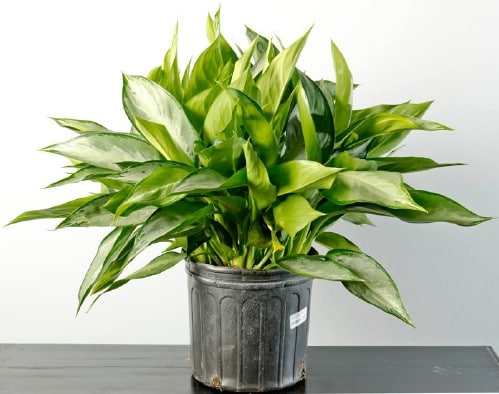
Chrysanthemum
Mums are beautiful flowers that you can commonly find at most nurseries or floral shops. The colors alone make them a wonderful choice for a houseplant but they offer great benefits to your air quality as well.
Chrysanthemums can help to filter out benzene, a chemical that is very commonly found in many household detergents as well as paints, plastics, and some glue products.
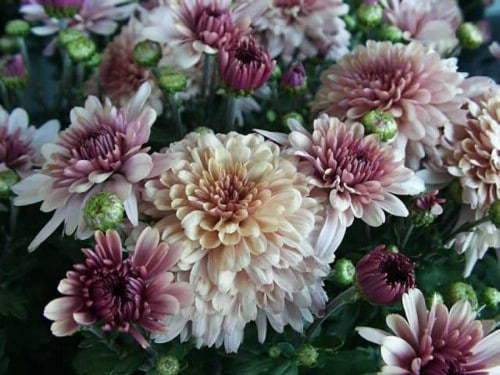
They prefer direct sunlight and work well as hanging plants near windows.






Stephie Smith
I have aloe vera AND a spider plant in my home! I bought them because they were beautiful, but it's great to know they're basically portable oxygen filters 🙂 My spider plant is thinner than the one in the picture... it had a stressful move from Phoenix to Salt Lake City, but its leaves are growing back in. I'll have to keep a close eye on it. The aloe is a sturdy plant, and it's done well 🙂
Olivia Wyatt
I live in Arizona, I have a nice large patio with a huge brick wall and I placed my aloe plants there. They survived the cold, because the sun shines on my aloe at the end of the day. The brick wall retains the heat and keeps them from freezing. I take a couple into my bedroom at night.
harpal singh
Yes.plants purify air body mind soul.a gift from god.care for them.
Gustavo
Thank you very much for all this information??
Janine Musiime
I appreciate the information given to me on these important plants.
Thank you very much.
Sleepy
I'm hunting for the name of the plant that's proposed to be used in Mars habitats o convert CO₂ to oxygen by photosynthesis there. Surprisingly It doesn't . appear on your NASA's above list of terrestrial houseplants. I suspect it's more like a grass than a houseplant.
Jennifer Williams
I think it might be mother-in-law's tongue/ snake plant?